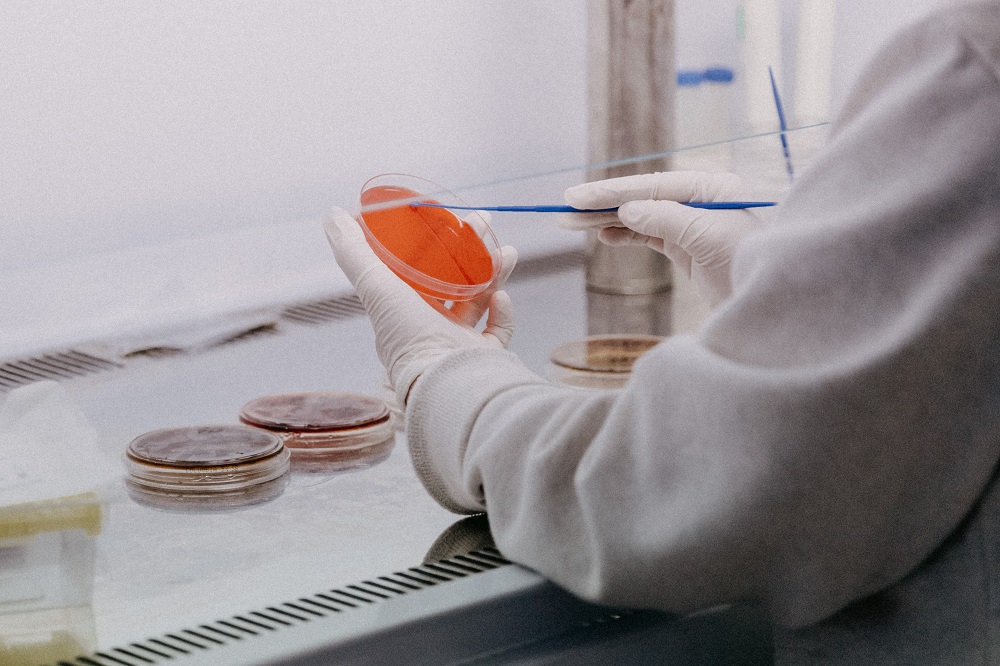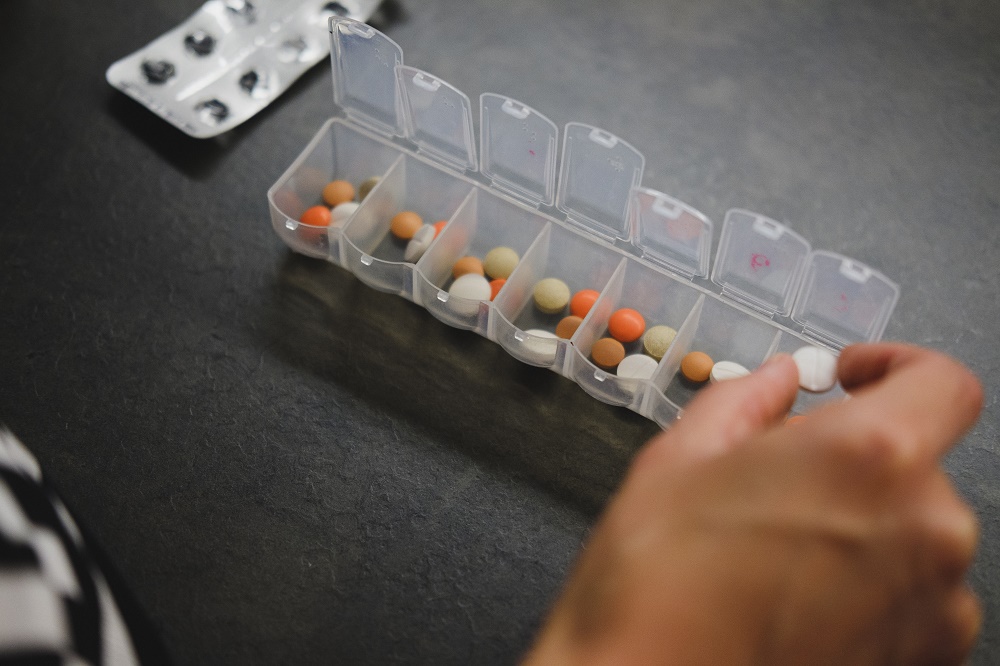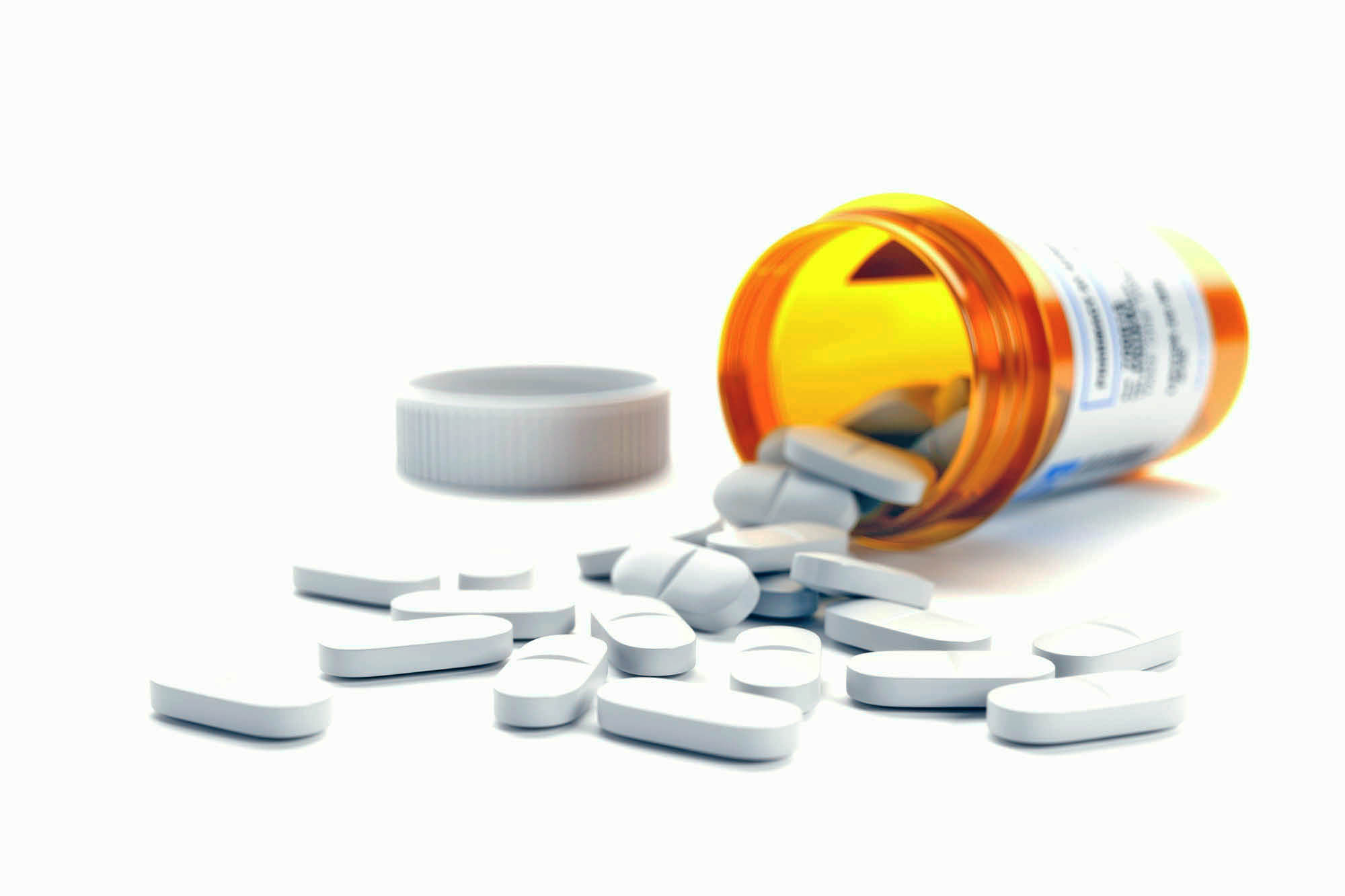Intellectual property and keeping medicines safe
If you are what you eat, and bad diets lead to bad health, imagine what unsafe medicines can do.
We ask today, why the provenance of vaccines has attracted so much attention when the origin of medicines we take, in some cases, every day and without even thinking, is not questioned at all? How do we know we can trust medicines readily available on the market from seemingly legitimate sources? Where does intellectual property (IP) come into all of this and why is a proper IP application and registration process important?
The global race to develop vaccines to fight the spread of COVID-19 has understandably captured the attention of the public worldwide. People of all generations and with little or no expertise in clinical trials have followed the process keenly, wishing and willing together that science can provide the answer to stopping the pandemic so what was called ‘normal’ life can return. This public interest has also rightly scrutinised the testing that is designed to make sure that these vaccines are safe and this same focus is thankfully putting medicines under the spotlight more broadly.

When we talk about medicines, they are universally understood to mean a drug or other preparation for the treatment or prevention of a disease or illness. In essence, they serve to keep us feeling healthy, or make us feel better. But what about when they achieve the exact opposite, when they are in fact harmful, or even fatal? The cause is usually because of fake and counterfeit medicines. This is because something they both have in common is the lack of rigorous inspections by public authorities that seek to guarantee the safety of medicines for widespread use.
What’s more, the proliferation of both kinds of these illegal medicines is worsened by a critical fact. Previously, they used to mainly be related to ‘lifestyle’ medicines, but now, even innovative or critical life-saving medicines, such as medicines that tackle cardiovascular diseases, are being increasingly created and are entering the market without official IP application and registration processes.
But if they are both illegal and both cause harm, what’s the difference between fake and counterfeit medicines? Fake medicines pass themselves off as real, authorised medicines but they may actually contain ingredients that are of low quality or in the wrong dosage. Since they have not passed through the necessary evaluation of quality, safety and efficacy as required by authorisation procedures, they can be a major health threat. Counterfeit medicines, in contrast, are those medicines that do not comply with intellectual and industrial property rights, such as registered trade marks or patent rights. But it is important to stress, this is not just an IP issue. In the vast majority of cases (90%) they can also be harmful to a patient’s health, according to a study recently released by the European Union Intellectual Property Office (EUIPO) and the Organisation for Economic Cooperation and Development (OECD) on ‘Trade in Counterfeit Pharmaceutical Products’. The World Health Organization (WHO) also shared in the 2017 report, ‘WHO Global Surveillance and Monitoring System for Substandard and Falsified Medical Products’, that the estimated number of children who may die from pneumonia each year after consuming counterfeit medicines is between 72 000 and 169 000.
But counterfeit medicines are not just a public health concern. Innovation and creativity are the cornerstones of modern economies and counterfeit medicines siphon off revenue that should justly have been earned by the rightful owners of the medicines that counterfeit medicines seek to imitate. Not just legal pharmaceutical companies are hurt. The public lose out on better and more effective medicines because less revenue can be dedicated to further research and development.

Worryingly, experience shows that these products are finding their way into the legal supply chains more easily than ever, meaning the sale of counterfeit medicines is not limited to illegal trading channels, such as illegal retailers or online sales. Instead, innocent consumers and desperate patients with life-threatening conditions can unwittingly purchase them and be completely ignorant of the potentially harmful side effects.
But the problem does not stop there, either. As highlighted by the United Nations Office on Drugs and Crime report, organised crime is often behind the production of counterfeit medicines, meaning their profits can be used to fuel other illicit trades of, for example, narcotics or even human trafficking practices that help perpetuate more violent crimes, including kidnappings and extortion.
This process has been aided in part by the boom in e-commerce. Technological advancements and the growing tendency to buy online, especially during the pandemic, have made regulation more difficult and helped increase the prevalence of counterfeit goods. These conditions create the perfect environment for non-regulated sellers and, rather than big shipments, the European Commission’s report on the EU customs enforcement of intellectual property rights indicates that courier and postal traffic accounted for 84% of all detentions of counterfeit goods generally in the EU.
But citizens can play a part in combating counterfeit medicines. Basic steps such as checking the origin of products or looking for stamps of authorities help, as does greater awareness of their existence. We must come together to fight them because counterfeit medicines have existed in the market now for a long time, and without sufficient awareness, consumption of these substances can lead to unexpected symptoms, permanent disabilities, and even loss of life.
For more information, follow IP Key SEA on Facebook, Twitter or LinkedIn or visit our website.
